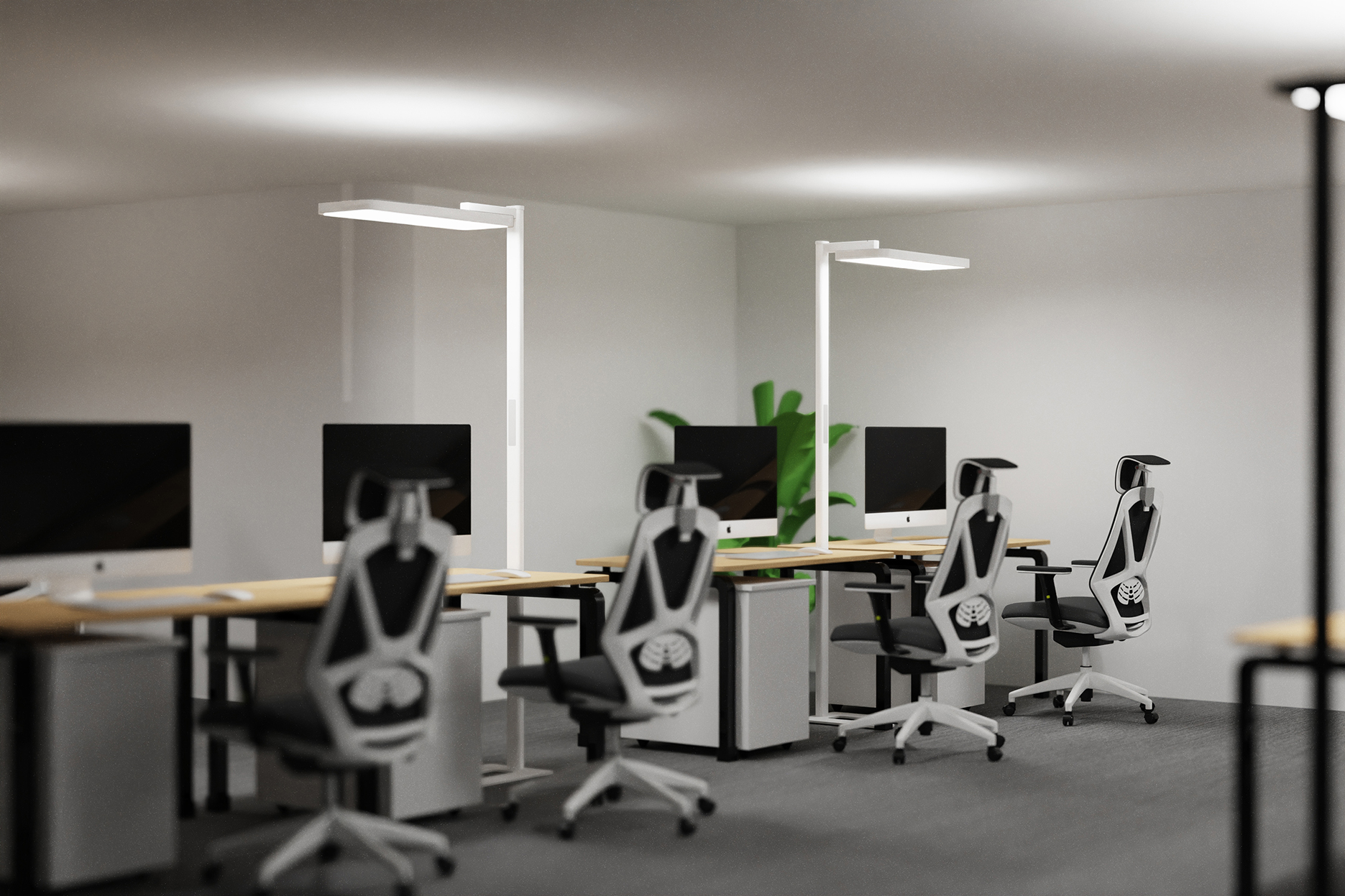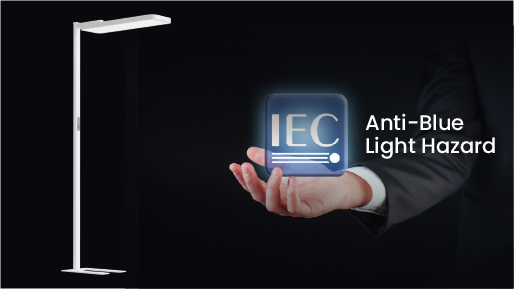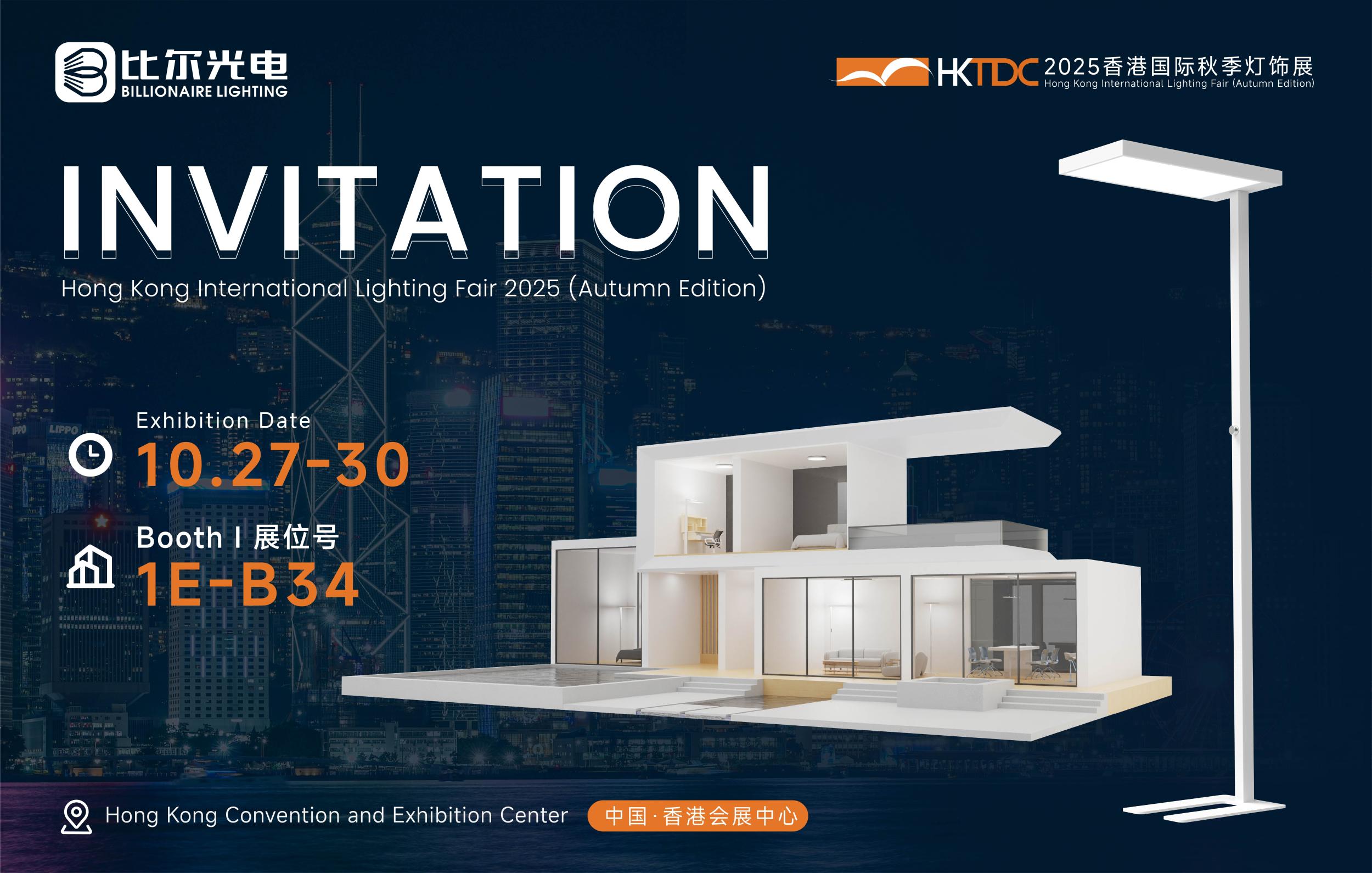In the modern office environment, every element contributes to the overall functionality and productivity of the space. Among these elements, office table lights hold a special place. They are not merely sources of illumination but play a pivotal role in enhancing visual comfort, improving work performance, and shaping the ambiance of the workplace. This comprehensive exploration will delve into the various aspects of office table lights, including their types, design considerations, benefits, energy - efficiency, and future trends.
Types of Office Table Lights
Task Lighting Table Lamps
Task lighting is of utmost importance in an office setting as it provides focused illumination for specific work tasks. Office task - lighting table lamps are designed to direct light precisely where it is needed, such as onto a computer screen, paperwork, or a workbench. One common type is the adjustable - arm table lamp. These lamps typically feature a flexible, articulated arm that allows users to position the light source at various angles and heights. For example, a lamp with a gooseneck - style arm can be bent and twisted to shine light directly on a document, reducing glare and providing optimal visibility for reading and writing. This type of lamp is especially useful for employees who spend long hours poring over paperwork or working on detailed projects.
Another popular form of task - lighting table lamp is the swing - arm lamp. It has a long, pivoting arm that can be adjusted horizontally and vertically. Swing - arm lamps are often used in offices where there is a need to light up different areas of a large desk or shared work surface. They can be swung over to provide light for individual tasks or adjusted to illuminate a group of people during collaborative work sessions. Task - lighting table lamps are usually equipped with bright, high - quality light bulbs. LED bulbs are increasingly favoured due to their energy - efficiency and long lifespan. They can emit a bright, white light that closely mimics natural daylight, which is ideal for tasks that require accurate colour perception, such as graphic design, photography editing, or proofreading.
Ambient Lighting Table Lamps
While task lighting is essential, ambient lighting helps create a comfortable and inviting atmosphere in the office. Office ambient - lighting table lamps are designed to provide a soft, diffused light that fills the space evenly. Lamps with large, translucent shades are commonly used for this purpose. For instance, a table lamp with a white fabric drum shade can be placed on a side table in a break area or a common workspace. The fabric shade scatters the light in all directions, reducing harsh shadows and creating a warm, welcoming glow.
Ambient - lighting table lamps can also contribute to a sense of relaxation in the office. In a busy work environment, a well - placed ambient lamp can create a calming corner where employees can take short breaks or engage in casual conversations. Some ambient table lamps come with dimming features, allowing users to adjust the intensity of the light according to their mood or the time of day. For example, during the early morning when employees are just starting their workday, a brighter ambient light can help energize the space. As the day progresses and the need for a more relaxed atmosphere arises, the light can be dimmed.
Accent Lighting Table Lamps
Accent lighting table lamps are used to draw attention to specific elements in the office, adding visual interest and enhancing the overall aesthetic of the space. These lamps are often used to highlight decorative items, such as a beautiful plant, a piece of artwork, or a unique office accessory. A common type of accent - lighting table lamp is the spot - light table lamp. It emits a narrow, focused beam of light that can be directed at the object to be highlighted. For example, a spot - light table lamp placed on a bookshelf can be used to illuminate a special collection of books or a decorative sculpture.
Another option is the directional table lamp with a swivel head. This type of lamp allows for precise adjustment of the light direction, making it suitable for highlighting different objects or areas. In an office lobby, a directional table lamp can be used to draw attention to a company logo or a display of awards. Accent - lighting table lamps not only enhance the visual appeal of the office but can also contribute to a positive work environment by creating focal points and adding a touch of personality to the space.
Design Considerations for Office Table Lights
Style and Aesthetics
The style of office table lights should align with the overall design theme of the office. In a modern - minimalist office, sleek and simple - shaped table lamps with clean lines and neutral colours are ideal. These lamps may be made of materials such as brushed metal, glass, or high - quality plastic. A contemporary table lamp with a cylindrical metal base and a clear glass shade can add a touch of elegance and modernity to a desk.
For a more traditional - style office, table lamps with ornate bases and fabric shades in warm, earthy tones are more appropriate. Lamps with brass or bronze bases, perhaps featuring intricate carvings or decorative elements, can complement classic - style furniture and create a sophisticated look. The colour of the table lamp is also an important consideration. Neutral colours like black, white, and grey are versatile and can blend well with any office colour scheme. However, for offices that want to add a pop of colour, table lamps in bold hues, such as red, blue, or green, can be used as statement pieces.
Size and Placement
The size of the office table lamp should be proportionate to the size of the table and the surrounding space. A large, bulky lamp may overwhelm a small desk, while a tiny lamp may not provide sufficient light or make a visual impact in a large office area. When choosing a table lamp for a standard office desk, it is important to ensure that the lamp does not obstruct the view or take up too much workspace. A lamp with a compact base and a well - designed shade can provide adequate lighting without being obtrusive.
Placement of the table lamp is also crucial. For task - lighting table lamps, they should be placed in a position that minimizes glare on the computer screen or other work surfaces. Placing the lamp on the side opposite the dominant hand (for right - handed people, on the left side of the desk) can help achieve this. Ambient - lighting table lamps can be placed on side tables, in corners, or in common areas to create a warm and inviting atmosphere. Accent - lighting table lamps should be positioned in a way that effectively highlights the intended objects or areas. For example, an accent lamp for a wall - mounted artwork should be placed at an appropriate distance and angle to showcase the artwork's details.
Benefits of Office Table Lights
Enhanced Productivity
Proper office table lighting is directly linked to increased productivity. Task - lighting table lamps ensure that employees can see clearly and perform their tasks accurately. By reducing eye strain and fatigue caused by poor lighting, employees can maintain their focus for longer periods. For example, in a financial office where employees need to work with complex spreadsheets and financial documents, a well - placed task - lighting table lamp can make it easier to read and analyze the data, leading to fewer errors and increased efficiency.
Ambient lighting also contributes to productivity. A comfortable and well - lit work environment created by ambient table lamps can improve employees' mood and motivation. When employees feel at ease in their workplace, they are more likely to be engaged in their work. A pleasant ambient light can also make the office a more inviting place to spend long hours, increasing the likelihood of employees staying focused and productive throughout the day.
Improved Well - being
Good lighting, including that provided by office table lights, is essential for employees' well - being. Natural - like lighting, which can be replicated by some high - quality table lamps with adjustable colour - temperature settings, helps regulate the body's internal clock, or circadian rhythm. Exposure to the right amount of light during the day can improve sleep quality at night, leading to better - rested employees.
Moreover, appropriate lighting can prevent visual problems. By providing sufficient and properly directed light, table lamps can reduce the risk of employees developing eye - related issues such as headaches, blurred vision, and eye fatigue. This is particularly important for employees who spend long hours in front of computer screens. A well - designed office table lamp can also contribute to a sense of comfort and relaxation, which is beneficial for employees' mental health.
Energy - Efficiency in Office Table Lights
In the current era of environmental awareness and cost - consciousness, energy - efficiency is a key consideration for office table lights. LED technology has made significant inroads in the lighting industry, and many modern office table lamps are now equipped with LED bulbs. LED bulbs are highly energy - efficient, consuming up to 80% less energy compared to traditional incandescent bulbs. This not only helps businesses reduce their electricity bills but also contributes to a more sustainable environment.
Some office table lamps also come with additional energy - saving features. For example, lamps with motion sensors can automatically turn on when an employee approaches the table and turn off when the area is vacated. This prevents unnecessary energy consumption when the table is not in use. Dimmable table lamps allow users to adjust the light intensity according to their needs, further reducing energy usage. By choosing energy - efficient office table lamps, businesses can make a positive impact on both their bottom line and the environment.
Future Trends in Office Table Lights
The future of office table lights is filled with exciting possibilities. One of the most significant trends is the integration of smart technology. Smart office table lamps will be able to connect to the office's Wi - Fi network or other smart home systems. This will enable employees to control the lamps using their smartphones or voice - controlled assistants like Amazon Alexa or Google Assistant. For example, an employee could say, "Alexa, turn on my table lamp and set it to a cool - white, bright setting" or use a smartphone app to adjust the light's colour, intensity, and even create custom lighting scenes.
Another trend is the development of more sustainable materials in the construction of office table lamps. Manufacturers are likely to use recycled metals, reclaimed wood, and eco - friendly plastics. This not only reduces the environmental impact but also gives the lamps a unique, eco - conscious aesthetic. Additionally, there may be further advancements in lighting technology, such as the development of more efficient LED bulbs with even better colour - rendering capabilities. This will allow for more natural - looking and accurate lighting in the office environment, further enhancing the well - being and productivity of employees.
In conclusion, office table lights are integral components of a well - designed office space. Their types, design, benefits, energy - efficiency, and future trends all contribute to creating a comfortable, productive, and sustainable work environment. As technology and design continue to evolve, office table lights will play an even more significant role in meeting the needs of modern offices and their employees.



